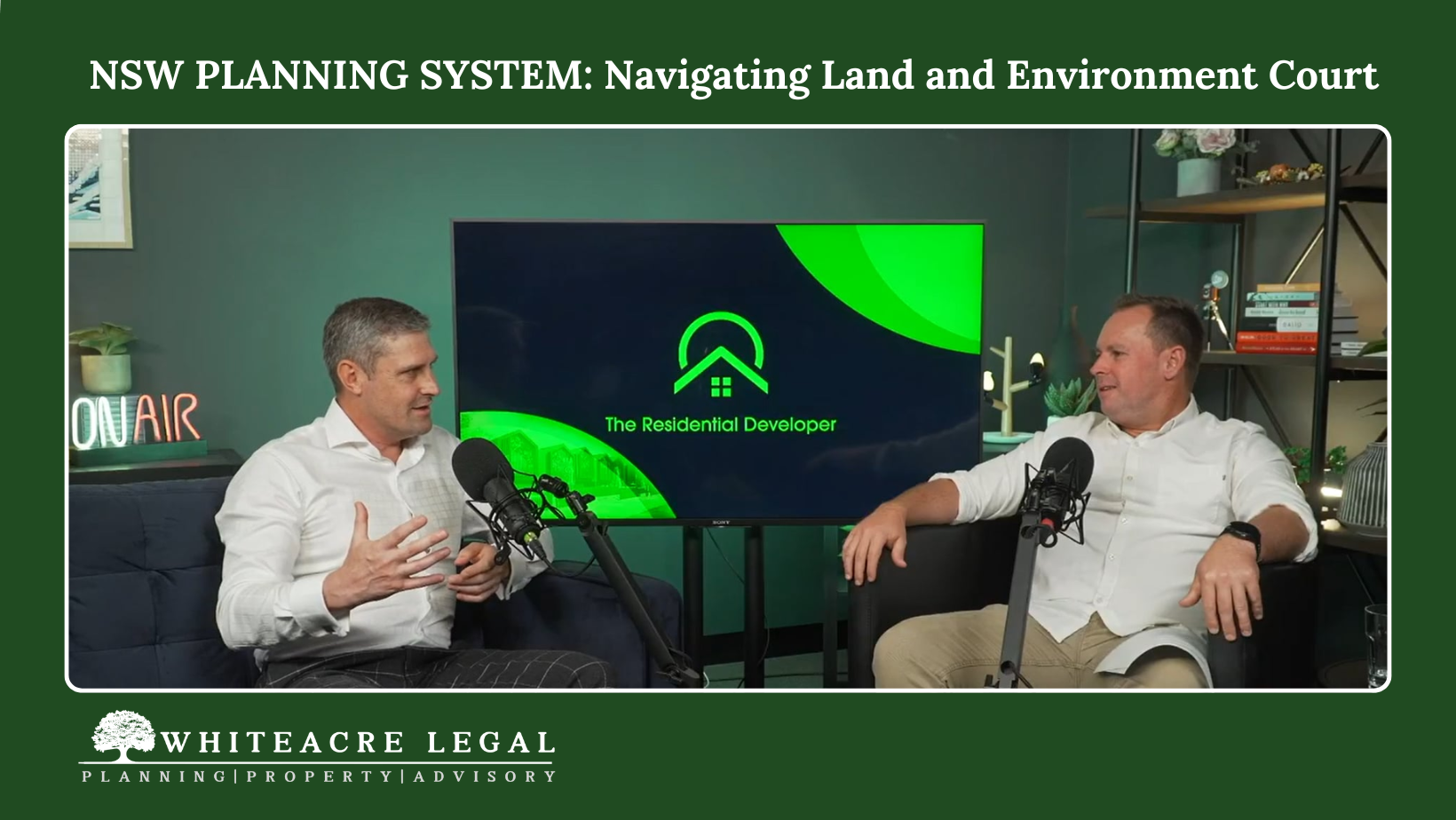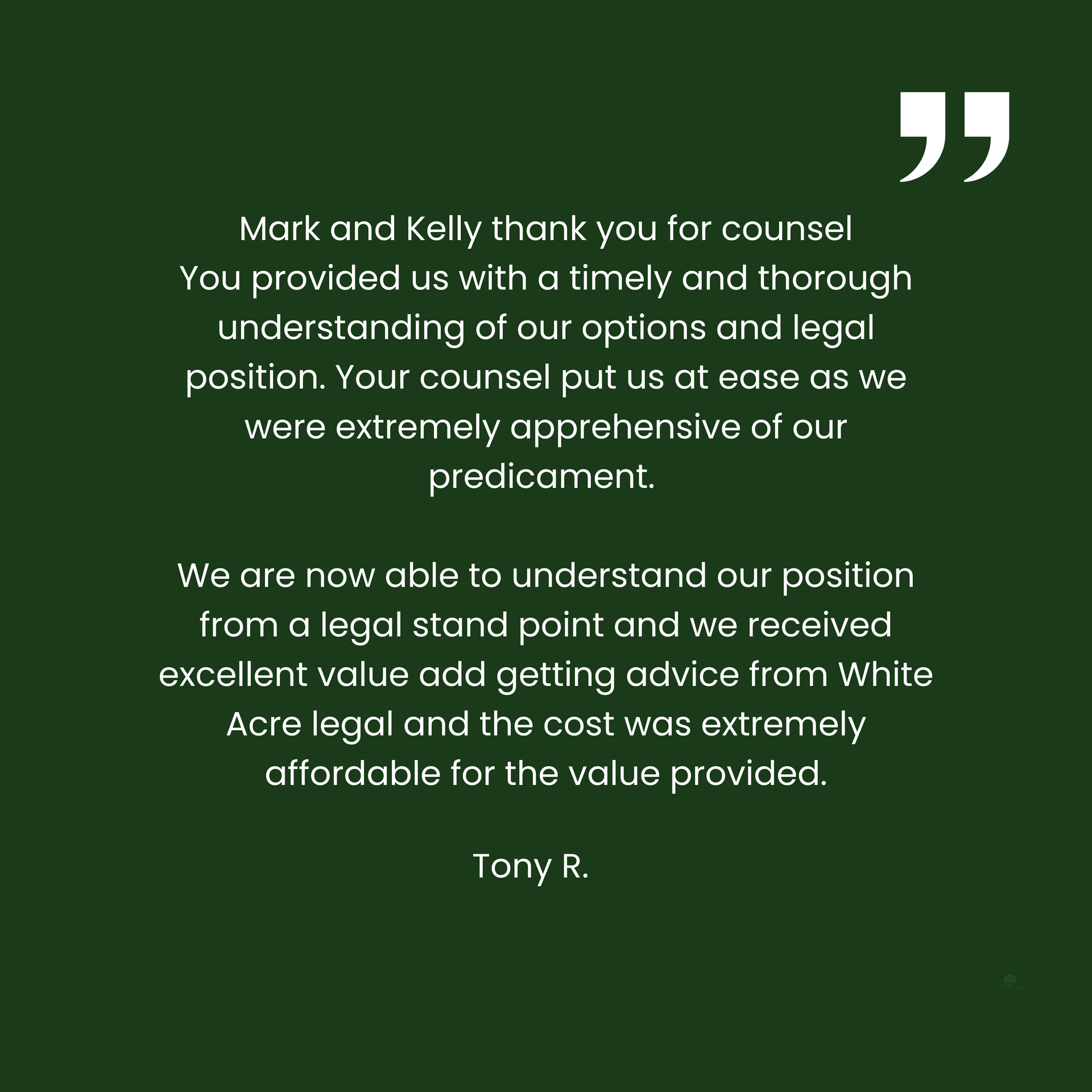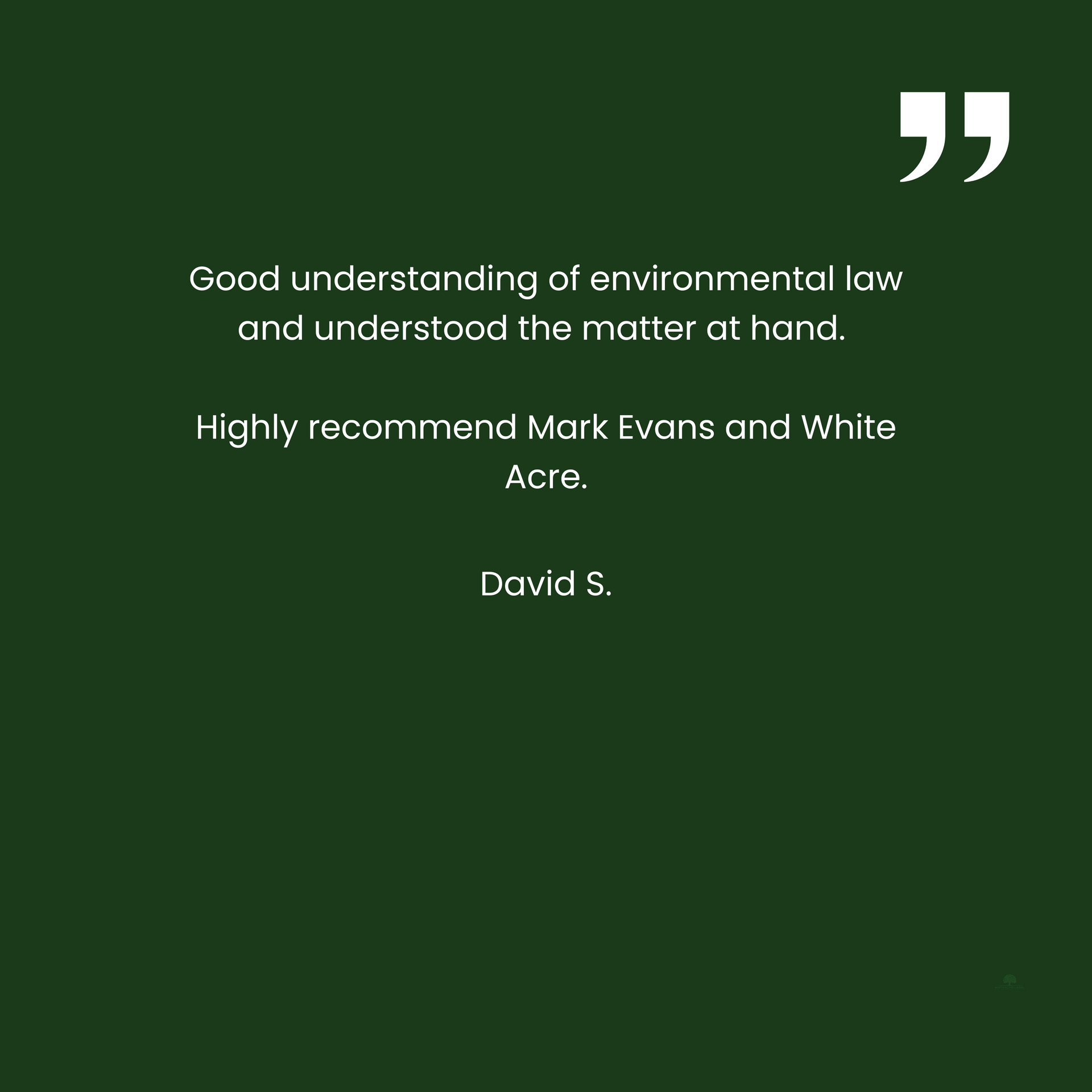Court confirms development standards not a jurisdictional fact
Court of Appeal confirms consent valid, despite exceeding height controls
The NSW Court of Appeal delivered a decision in which it found height controls are not a “jurisdictional fact”.
The decision has important implications for developers with existing consents and parties seeking to challenge the validity of existing consents.
In El Khouri v Gemaveld Pty Ltd [2023] NSWCA 78, neighbours sought to have a development consent invalidated because they established that the development exceeded the relevant height controls. This evidence was not before the Commissioner of the Land and Environment Court who granted the development consent. The Court of Appeal held that compliance with the height control was not a jurisdictional fact and, despite the height exceedance, the development consent granted by the Commissioner was valid.
Commissioner granted consent; development complied with height controls
The applicant and Council reached agreement during the s 34 conciliation process.
Section 34(3) of the Land and Environment Court Act 1979 (LEC Act) requires that the Commissioner must dispose of the proceedings in accordance with the agreement, if it is a decision the Court can make in the proper exercise of its functions:
(3) If, either at or after a conciliation conference, agreement is reached between the parties or their representatives as to the terms of a decision in the proceedings that would be acceptable to the parties (being a decision that the Court could have made in the proper exercise of its functions), the Commissioner—
(a) must dispose of the proceedings in accordance with the decision, and
(b) must set out in writing the terms of the decision.
[our emphasis]
The Commissioner satisfied himself that the agreed decision was one that the Court “could have made in the proper exercise of its functions” and accordingly made orders granting consent.
A survey by the neighbours later disclosed that a small triangle of the building envelope exceeded the 9m height control.
The neighbours sought judicial review of the Commissioner’s decision in the NSW Court of Appeal on the basis that the Commissioner had no power to grant the consent because it was not a decision that the “Court could have made in the proper exercise of its functions,” within the meaning of s34(3).
The question before the Court of Appeal was whether compliance with the height control was a jurisdictional fact which could be reviewed by the Court of Appeal on the basis of evidence (of the height exceedance) that was not before the Land and Environment Court.
Compliance with height control not a “jurisdictional fact”
Leeming JA (Gleeson JA and Adamson JA agreeing) at [53] held that compliance with the height control in the Kogarah LEP, being a matter to which regard was required pursuant to s 4.15(1)(a) of the Environmental Planning and Assessment Act 1979 (EPA Act), was not a jurisdictional fact for a number of reasons.
Firstly, there are good public policy reasons why development consents should not be open to subsequent challenge on the basis of new evidence that may come to light. If the jurisdiction of a court or consent authority is contingent on the actual existence of a state of facts, as distinguished from the court’s opinion or determination that the facts do exist, then the validity of development consents will always be open to question until some higher court or tribunal, possessing power to determine the question declares that the requisite facts exist and the proceedings of the court were valid (Parisienne Basket Shoes Pty Ltd v Whyte (1938) 59 CLR 369 per Dixon J at 391). This would create so much uncertainty and public inconvenience that, if the legislature intended this to be the case, it would be clearly expressed in the relevant legislation.
Secondly, statutory context is important. The matters to which a consent authority must have regard in s 4.15(1)(a) of the EPA Act sit among a number of other matters in s 4.15(1)(b), (c) and (d) which are all evaluative, not objective facts. His Honour Leeming JA stated, “…paragraphs (b), (c), (d) and (e) are all evaluative and could not plausibly be regarded as jurisdictional facts, and for that reason it is unlikely that paragraph (a) would be in a different position.”
Finally, the statutory process of development approval involves a process of public consultation during which objectors have an entitlement to make their views known, which tells against a legislative purpose permitting challenges on the basis of different evidence in the Court’s supervisory jurisdiction.
In the case of a successful conciliation conference, consideration of s 4.15 of the EPA Act occurs when the Court forms the opinion required by s 34(3) that the agreed decision is one which the Court could have made in the proper exercise of its functions. But compliance with the environmental planning instrument is not a jurisdictional prerequisite to the power to grant consent (per Leeming JA at [74]).
Key Takeaways
1. There are good policy reasons why superior Courts will be reluctant to invalidate a development consent on the basis of evidence brought before the Court that was not made available to the decision maker in the first instance.
2. Different considerations may apply where a development consent has been obtained through fraud. There was no evidence of fraud in this instance.
3. This case is not authority that compliance with height controls is unnecessary. Consent authorities will continue to apply a strict approach to compliance with development standards in an LEP, especially height controls. At first instance, development standards like minimum lot sizes and height controls cannot be exceeded without a well-supported cl 4.6 request.
Require further assistance? please do not hesitate to call us on (02) 9145 0900 or make an enquiry below.
Browse by categories

Servicing all of NSW, Whiteacre provides expert property law and planning and environment law advice and assistance.
✓ Planning Law Advice
✓ Land and Environment Court Appeals
✓ Voluntary Planning Agreements and Contributions
✓ Development Control Orders and Enforcement
✓ Property Development Advice and Due Diligence
✓ Title Structuring
✓ Easements and Covenants
✓
Strata and Community Title legislation
Book an initial consultation through our website with our planning law solicitor. Whether it's about planning and environment law or property law, you can approach us and discuss your matter to make sure we are a good fit for your requirements.


































